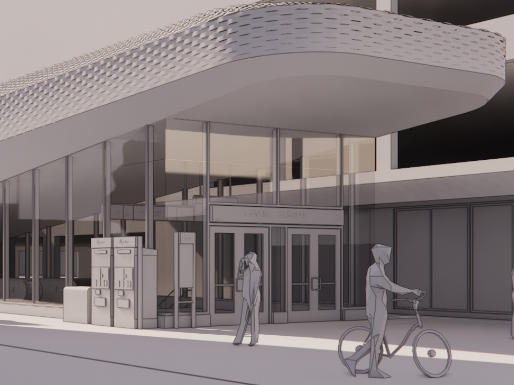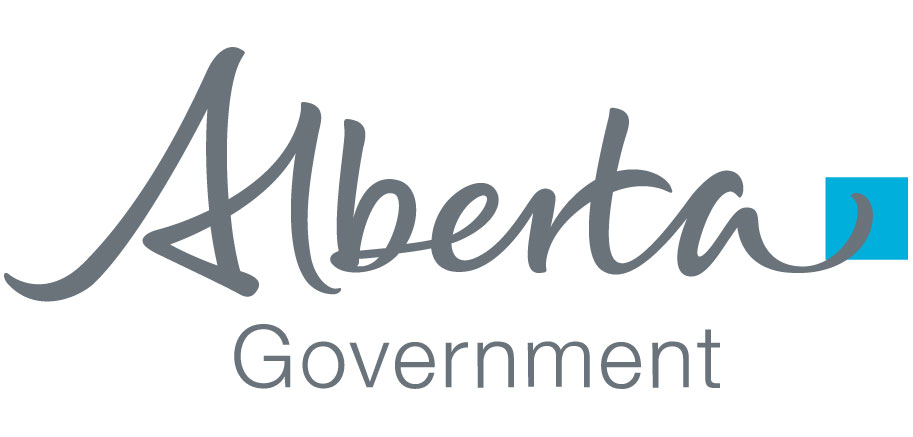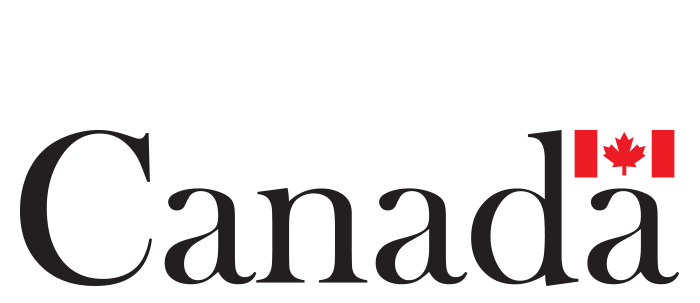Envision Framework
Rendering of 26 Avenue S.E. Station entrance.
Envision Framework for sustainable infrastructure
Green Line is being developed to achieve the Gold level award under the Envision Framework for Sustainable Infrastructure that evaluates the social, environmental and economic benefits of major infrastructure projects.
The impacts of climate change and population growth have accelerated the need to develop sustainable infrastructure and the Envision Framework helps to guide the planning, design, and delivery of projects that are sustainable, resilient and equitable.
Developing sustainable infrastructure is one way for communities to protect the environment, enhance human health and well-being and bolster economic prosperity. The Envision Framework provides decision makers and project teams a system of criteria, performance objectives and third-party verification to meet those objectives.
Envision for Green Line
The Envision Framework is being applied to the planning design, construction, and future operation of Green Line. The initiative is overseen by a team that includes Green Line leadership collaborating with key staff from The City of Calgary and major contractors on the project.
The Framework helps to ensure Green Line has a coordinated approach to maximize the social and environmental benefits of a project of this size that includes construction in developed urban areas and crossing of two waterways (the Bow and Elbow rivers).
The Envision Framework has five areas of focus to guide planning, design, construction and operations and measure the accomplishments for Green Line.

Envision Framework focus area
- Quality of Life: Focus on improving mobility, human health and community well-being.
- Leadership: Focus on collaboration with partners and interested parties, advanced planning and realizing economic opportunities.
- Resource Allocation: Focus on areas including sustainable procurement practices, reducing energy and water consumption during construction and operations.
- Natural World: Focus on areas including enhancing wetland and surface water functions, maintaining floodplain functions and protecting against invasive species.
- Climate and Resilience: Focus on areas including lowering GHG emissions, reducing other air pollutants and managing risks.
Institute for Sustainable Infrastructure
The Institute for Sustainable Infrastructure is an education and research nonprofit established in 2010 in Washington DC in response to the need for a comprehensive sustainability framework and rating system suitable for use in civil infrastructure development.
The Envision Framework for Sustainable Infrastructure is a certification-based initiative from the Institute similar to the Leadership in Energy and Environmental Design (LEED) process used for buildings and is used to develop infrastructure projects worldwide.
The Institute collaborated with the then Zofnass Program for Sustainable Infrastructure at the Harvard University Graduate School of Design to develop the Envision Framework. The framework has been applied to projects for energy, water, waste, transportation, landscape management and information systems. Two Alberta projects have previously received Envision awards: the City of Red Deer’s Water Treatment Plant Residuals Management Facility Project and the Lacombe Main Street Program.
Envision verification process
The project’s sustainability performance is evaluated on information provided for each area of focus. The combined scores determine an overall rating or award level. Envision is an evidence-based program and results must be audited by a third-party evaluator to achieve an award.
The Envision Framework comprises 64 sustainability indicators which cover the full lifecycle of the project. To achieve a Gold level award, Green Line will have to earn points by providing evidence that the project's planning, design, construction and operational stages follow the Envision sustainability guidelines.
Examples of the improvements targeted as part of Green Line:
- Environmental management including tracking of water and energy consumption reduction, % of waste diverted, % of recycled content.
- Beneficial reuse of contaminated soils
- Interested party engagement strategy that allows for the identification of key parties, needs, and project consultation means.
- Construction of a replacement wetland to compensate for wetland loss.
- Reduced water usage during construction and operation of the Green Line.



